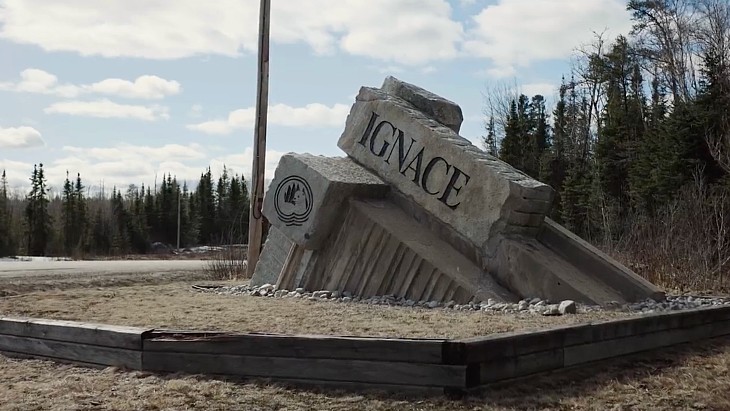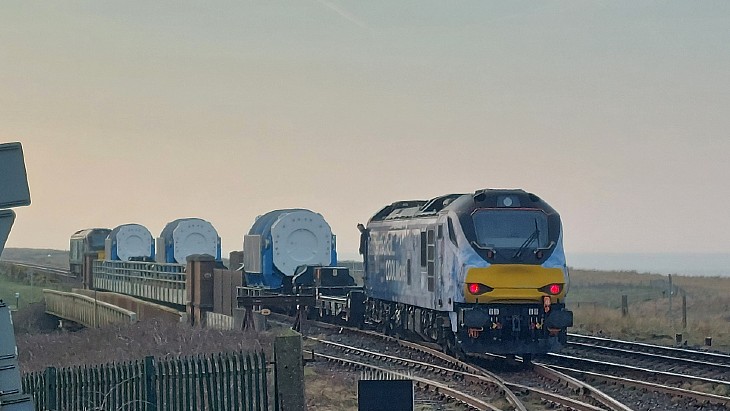Innovative decontamination saves money at Harwell
.jpg)
"By adapting a proven technology and applying it to the treatment of this pipework, the amount of waste that would otherwise need to be consigned to the low-level radioactive waste repository has been drastically reduced," said Carly Sutton, Waste Management Services Consultant and Magnox Relationship Manager at Low Level Radioactive Waste Ltd (LLWR), the company that operates the disposal site at Drigg in Cumbria.
LLWR's Metallic Waste Treatment Service has worked with waste specialist Augean to provide ultra-high pressure water jetting of the pipes at its Port Clarence facility.
Some 1600 pipeline sections, weighing 1.2 tonnes each, will be treated this way. For many years they were used to discharge water-based wastes from the Harwell nuclear research site.
"The clean pipe sections are suitable for recycling back into the metal market," said Sutton, rather than disposed of as low-level radioactive waste at Drigg. This provides "multi-million pound savings" to the UK taxpayer.
LLWR also developed a bespoke transport system to minimise the number of journeys to complete the work, which it said reduced its carbon footprint.
_17992.jpg)
_75800.jpg)







_50521.jpg)


